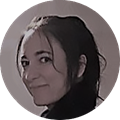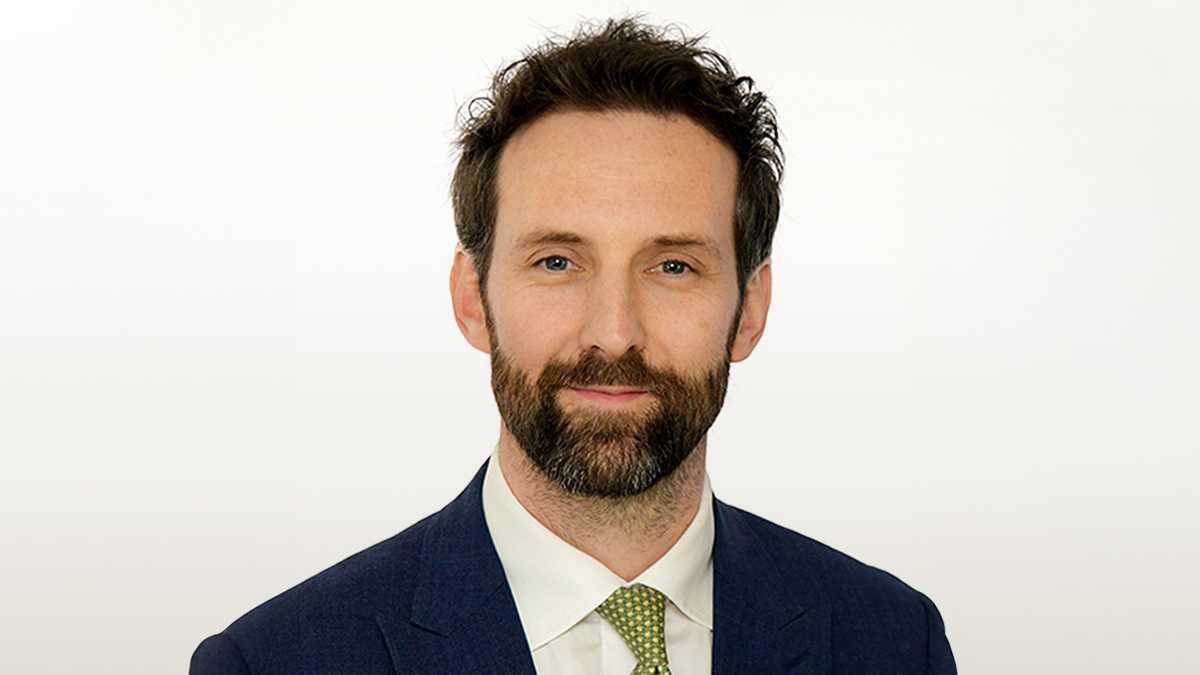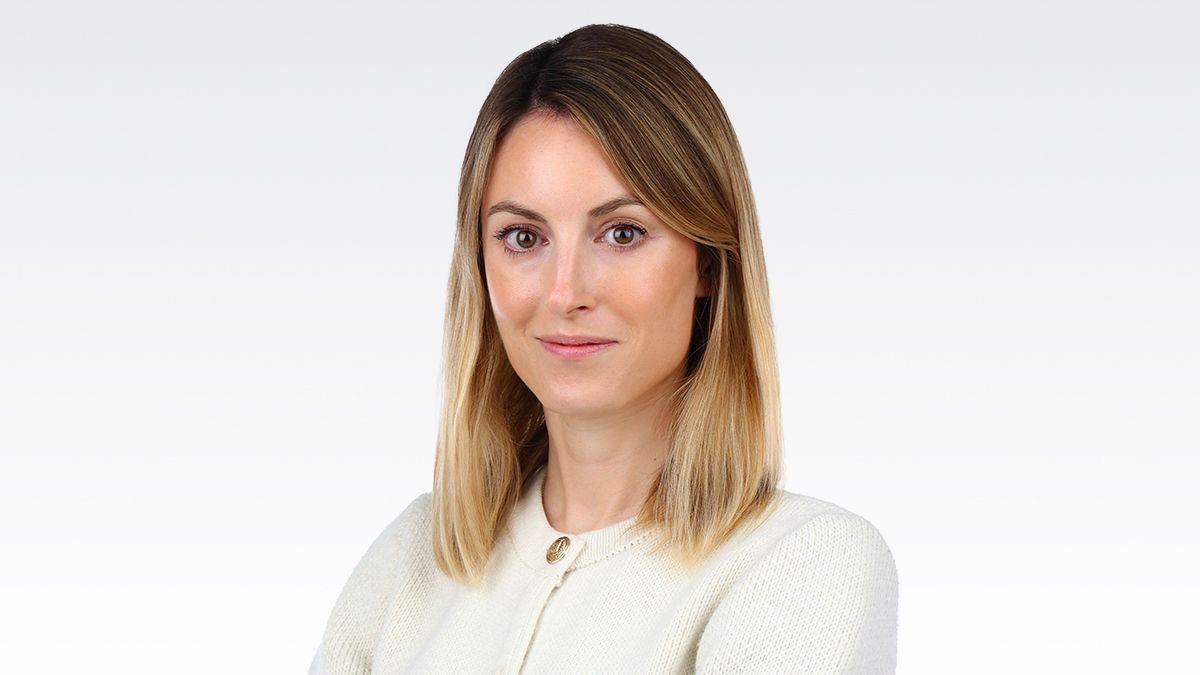Turning London from testbed to hotbed of innovation
‘It’s moved to a point where there’s sufficient companies for this innovation ecosystem becoming a market,’ TMK’s Rob Jarvis says
Tokio Marine Kiln’s head of innovation describes the emergence of a market in new products centred on Lloyd’s Lab
A market in innovative products is emerging in London thanks to Lloyd’s Lab and the underwriters and brokers ready to shake up the 300-year-old insurance industry. Among them is Tokio Marine Kiln’s (TMK) Rob Jarvis.
In an interview with Insurance Day, Jarvis says to most companies in the London market, innovation still translates into a “tech-focused” role and there are only “half a dozen underwriters and half a dozen brokers”, chiefly at the larger firms, focused on innovative products. Jarvis’s explicit job title – head of innovation, underwriting – is thus still quite rare.
“Most of the big composite insurers will have somebody in an IT tech function looking at artificial intelligence, automation, data pipelines into brokers and so on. Having people who are focused on innovative products is more uncommon,” Jarvis says.
“However, this is now established enough there is starting to be an innovation marketplace, all centred on Lloyd’s Lab. It’s moved to a point where there’s sufficient companies for this innovation ecosystem becoming a market.”
Jarvis and some friends tried to launch a new insurance company in 2017/18. “That start-up failed miserably but you learn a lot from entrepreneurialism,” he says. With several actuarial roles already under his belt, including at Aviva and ProSight Specialty, he joined TMK in 2022 as head of enterprise risk management.
A parallel can be drawn between risk management and innovation, Jarvis says, because innovating in insurance is itself seen as a risk.
Innovation risk
He says: “Insurance is a really difficult thing to innovate in because, as people often complain, the industry is very slow to change, which is mainly because the pay-off profile for new insurance products is awful. With venture capital investing, you can only lose as much as you’ve invested; you have a really limited downside and can make an ‘infinite’ profit. Launching a new insurance product is the exact opposite of that: the most profit you can make is a small premium, but the biggest loss you can make is ‘infinite’. And so, when insurance companies think about doing new things, we spend a lot of time analysing the risks.”
They have to manage the risk of being innovative?
“Yes, and that’s one of the reasons why we’re perceived as being much slower than tech companies; partly it’s all the governance around our sector, but mainly it’s just much easier for things to go really, horribly wrong for us than it is for them.”
The move into his present role three years ago was therefore a natural progression and his “miserable failure” as an entrepreneur turned out to be an asset.
TMK had already been “staffed up” for innovation for more than a decade, Jarvis stresses, but the company is still focused on walking before it can run with each new idea. That means Jarvis wears two hats: he leads the innovation team and also does some portfolio underwriting. “The logic there is the innovation book is a cross-class portfolio in its own right,” he says.
“Insurance is a really difficult thing to innovate in because, as people often complain, the industry is very slow to change, which is mainly because the pay-off profile for new insurance products is awful. With venture capital investing, you can only lose as much as you’ve invested; you have a really limited downside and can make an ‘infinite’ profit. Launching a new insurance product is the exact opposite”
Rob Jarvis
Tokio Marine Kiln
His innovation team, which has two underwriters and one product manager, is an “incubation hub” for the company, Jarvis says. “We work across all classes of business and as closely as we can with the underwriters with the domain expertise for each class. We then try to find external people with the expertise or data we don’t have and help them turn that into a product that works for an insurance company.”
Jarvis is referring to the companies TMK works with as part of its “outsourced innovation approach”, where in-house expertise is either lacking or unneeded at present. The two main advantages of this, he continues, are it is lower risk, as it requires no internal investment other than time, and it is more successful because there is a specific expert who has an ownership stake in their own company and is highly incentivised to make it work.
TMK’s innovation team works with start-up businesses with specific expertise or technology to develop new insurance products. To support this, TMK has dedicated capital at Lloyd’s to foster new product innovation from concept and design, all the way through to scale-up. It works with start-ups at all stages of development and has launched insurance products with partners such as CetoAI, Parametrix, Altelium and WTW.
For example, TMK and WTW developed a first-of-its-kind intangible asset protection insurance product that protects non-public, proprietary assets against financial loss when accidental or malicious insider actions cause the assets to be disclosed, misappropriated, damaged or destroyed.
By having a central innovation team, Jarvis says TMK can dedicate time to innovation experts at third-party companies on behalf of its own underwriters. It also insulates the personal reputation of TMK’s underwriters by having a “professional fall guy” – Jarvis and his team – if a project fails. “An idea will sit with us for as long as five years until it’s proven, until we know the claims are what we would expect to pay,” he says. “Once it’s shown to be commercially viable, once it has that track record, it then moves from us to whichever part of the business it’s suited to and where it can be scaled.”
Spectrum over dichotomy
Jarvis describes the two extremes of innovation as “either improving what insurers are already doing or disruptive change” but admits this is a false dichotomy.
“In reality, it’s a spectrum,” he says. “This includes keeping a product relevant for a client, such as through changes to wordings. The next step along that spectrum is covering a new technology about which there is little information so far, such as the operational risks associated with potentially flammable battery farms for solar arrays. Another step is taking a tried-and-tested product and approaching it differently, such as new data sources to help underwrite existing policies. An example of this is internet-connected sensors in buildings, such as those in water, electrical, HVAC [heating, ventilation and air conditioning] and even swipecard-entry systems, which is data the building’s management is collecting but sharing and which actually have predictive value for insurers.”
Beyond these examples, outside the normal framework of insurance and at the far end of the innovation spectrum is a disruptive development. Such an “Uber or Airbnb moment” has yet to arrive in the world of underwriting, Jarvis says, but insurers ought to be prepared for it.
He says: “The biggest taxi company in the world doesn’t own any taxis and the biggest hotel chain in the world doesn’t own any hotels. What would that look like for insurance, where someone rips up the rulebook and starts again, but with a very different business model?”
The digitisation of placement may be considered disruptive change, since it forces underwriters to approach their work differently, but Jarvis says he “wouldn’t put big money on that being the ‘Uber moment’ for insurance”.
Big Tech intervention
Might disruption come from a Big Tech firm acting as an insurer without owing any insurance companies? Jarvis believes that threat is imagined rather than real. “It would be difficult for them to do that because regulators would squash it,” he says.
Insurers certainly sat up and took notice of Google’s attempted foray into car insurance in 2015, not least because of its brand appeal for millennials.
A concern among insurers a decade ago, he continues, was a big data-led firm would buy a large insurer. “The worry was if a big technology company bought an existing insurance company then theoretically they could do a much better job of working with 50 years’-worth of data that’s sitting in legacy systems. The reality is it would be hard for them to work with that, which is why you’re starting to see insurers trying to use large language models to scrape out legacy data for themselves. I don’t think that’s working yet, but I can’t imagine it’s that far off when it is.”
TMK views innovation in terms of three trends: sustainability, technology and resilience. Jarvis describes this as “triaging” new ideas so his team is better able to communicate the opportunities and challenges they pose to the company’s underwriters.
Sustainability includes, for example, TMK’s partnership with Kita to provide political risk insurance for developers of and investors in carbon credits projects.
 Lloyd’s has ‘cemented’ London’s reputation as the place to launch an insurer
Mistervlad/Adobe Stock
Lloyd’s has ‘cemented’ London’s reputation as the place to launch an insurer
Mistervlad/Adobe Stock
For technology, he highlights TMK’s work with managing general agent (MGA) Sola to reduce high deductibles and out-of-pocket expenses for homeowners facing wind and hail damage. Sola’s parametric product ues weather data and automated claims processing to trigger payouts, potentially offering a quicker and more efficient way to manage wind- and hail-related losses.
Resilience can include, Jarvis says, protecting intangible assets. The innovation comes from finding ways to quantify them. “It’s a hackneyed thing to say, but 100 years ago, 90% of the Fortune 500 balance sheets were physical assets and the insurance products we sell are good for those. But 90% of the Fortune 500 today have intangible assets and insurers are having to find new ways of protecting those,” he says.
A related issue is companies are increasingly reluctant to file patents on their products, since that places their ideas in the public domain and under the gaze of their competitors, Jarvis says. The Defend Trade Secrets Act the US passed in 2016 goes a long way, he adds, to helping innovators enforce their right to protect their asset, not to mention their brand and reputation.
The ideal partner
TMK published a paper recently to help innovative firms take the plunge as an MGA. That paper – Launching an innovative MGA with TMK – is a guide designed to enable these potential partners to spend less time struggling with insurance-speak and more time talking to TMK about their business. “When we meet people with great ideas about how to do insurance differently, we find we spend a lot of time talking about the process, London market jargon and what we look for – at the expense of discussing their actual idea,” Jarvis says.
From ideal partner to ideal environment, Jarvis has nothing but praise for Lloyd’s Lab – the innovation hub for the London market – from which he has sourced half of his team’s underwriting work. “It’s the flywheel effect,” Jarvis says, “where things you’re doing get better, people are attracted to it and it gets better still.” What began as a few desks, the lab has grown to cover half of the fourth floor at Lloyd’s.
Lloyd’s has “cemented” London’s reputation as the place to launch an insurance company, while Lloyd’s Lab, as an insurtech accelerator programme, helps innovative ideas gain traction and success in the London market and beyond.
Jarvis and his team offer their time to that programme and encourage their colleagues at TMK to do the same.
“We typically get half a dozen people from across the company to help with every Lloyd’s Lab cohort,” Jarvis says. “That’s partly to meet lots of interesting businesses, but also to expose our staff to different ways of thinking, whether that’s learning from entrepreneurial start-ups or from the other mentors assisting them. It’s a good way of subtly training and developing our own people.”
Jarvis is confident Lloyd’s Lab will continue to be seen by companies from around the world as the go-to place for product innovation. “Lloyd’s has always been the place where the hard-to-do stuff comes and so it is already in a good position to host an innovation lab. And the quarter-of-a-square mile around the Lloyd’s building that’s full of insurance companies means you will often bump into people and have conversations with them about the latest things going on,” he says.
Moreover, the Lloyd’s market has a structure that makes it capital efficient in a way that is hard for its rivals to beat, he adds. Finally, Lloyd’s Blueprint strategy may have “pushed progress”, but now brokers are “digitising at pace” to be more efficient and increase their margins there is a real “pull” for the market to change, Jarvis says.
He concludes: “We’re seeing real innovation in placement structure in the portfolio underwriting space at the moment, which I think will be a much bigger thing for the market than launching new products.”



